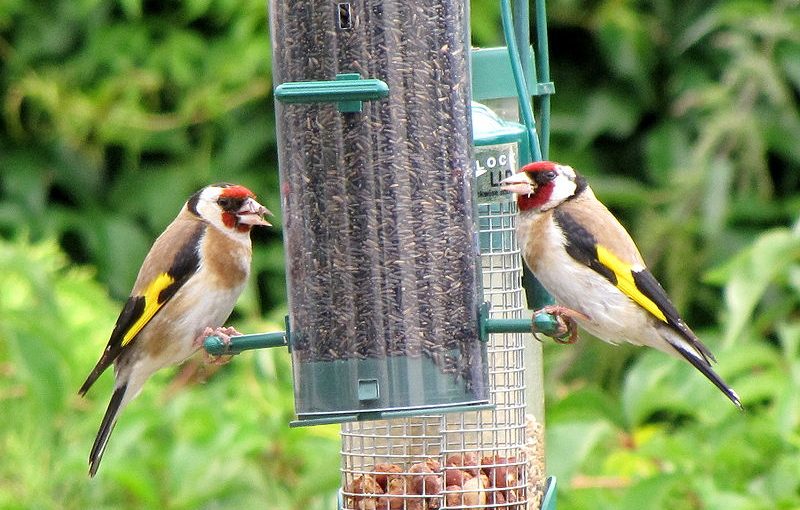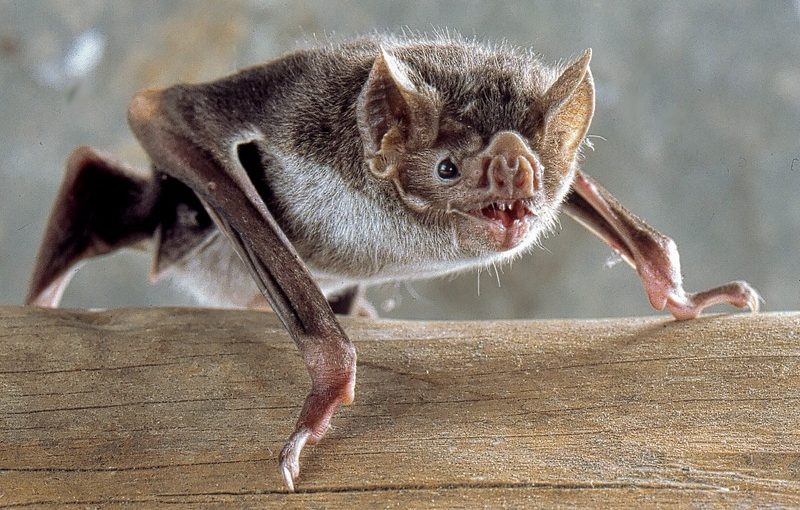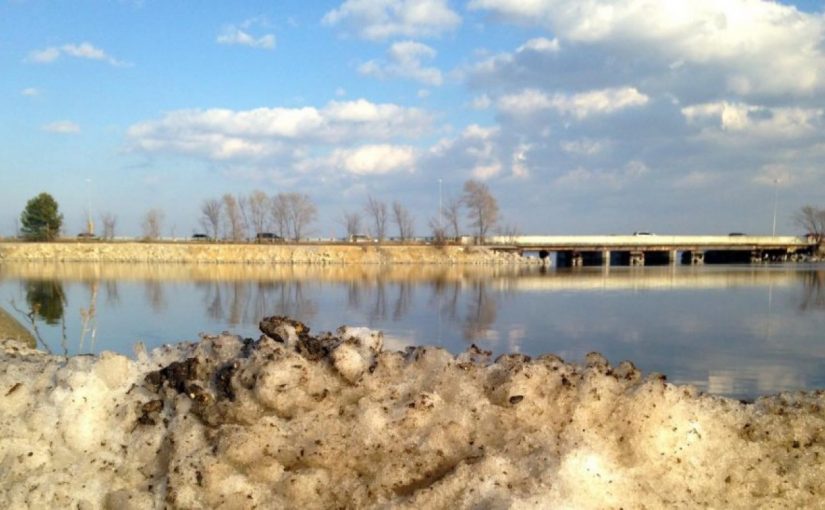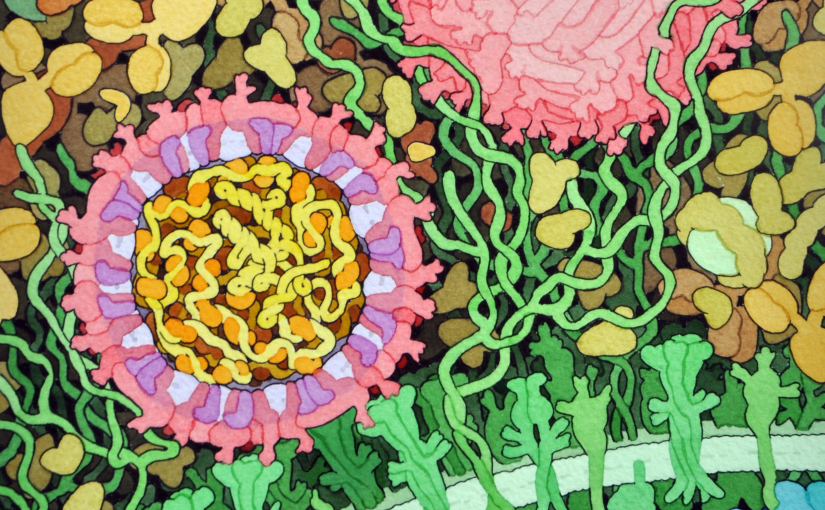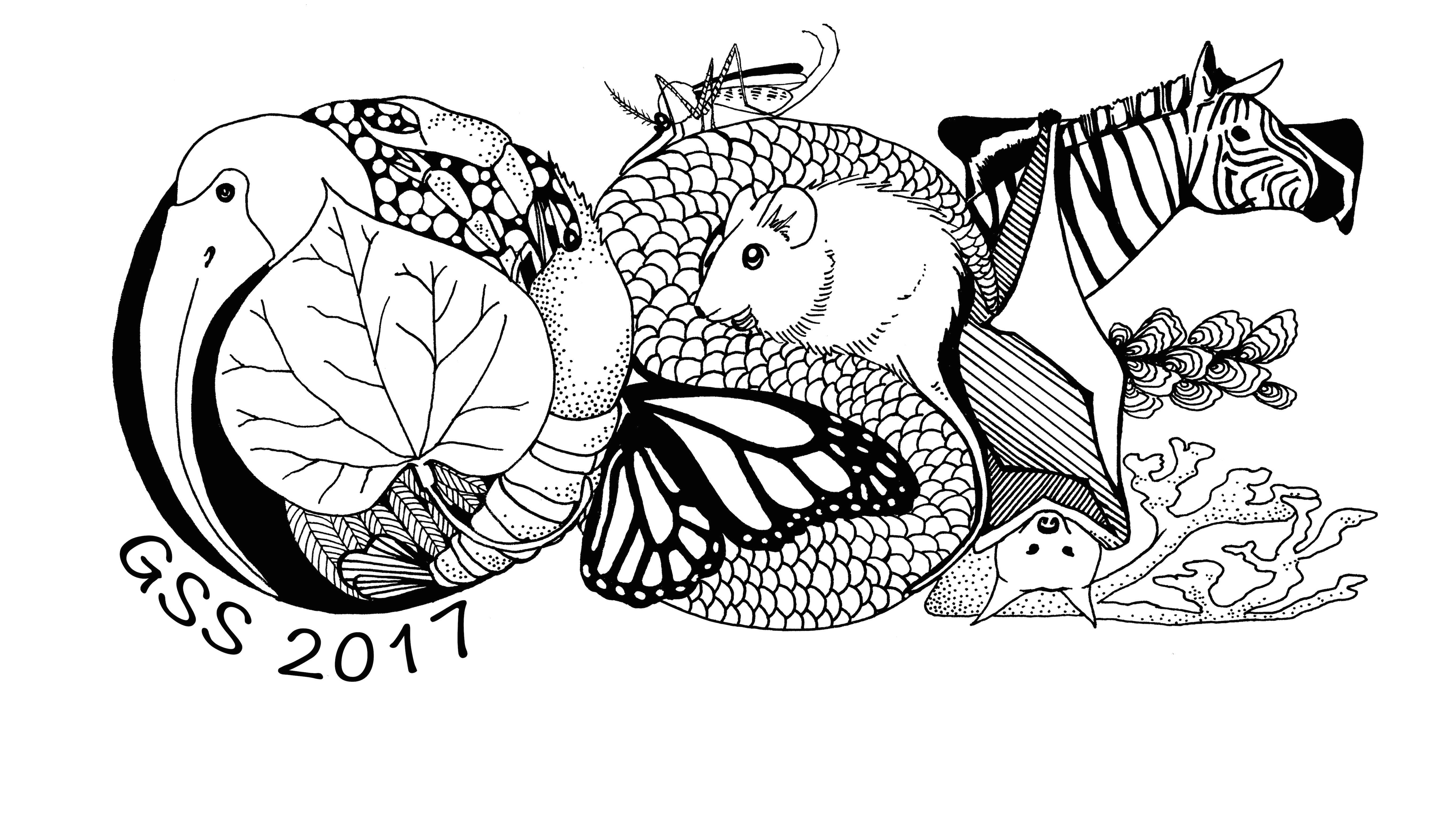Many wildlife species persist on a network of ephemerally occupied habitat patches connected by dispersal. Provisioning of food and other resources for conservation management or recreation is frequently used to improve local habitat quality and attract wildlife. Resource improvement can also facilitate local pathogen transmission, but the landscape-level consequences of provisioning for pathogen spread and habitat occupancy are poorly understood. Here, we develop a simple metapopulation model to investigate how heterogeneity in patch quality resulting from resource improvement influences long-term metapopulation occupancy in the presence of a virulent pathogen. We derive expressions for equilibrium host–pathogen outcomes in terms of provisioning effects on individual patches (through decreased patch extinction rates) and at the landscape level (the fraction of high-quality, provisioned patches), and highlight two cases of practical concern. First, if occupancy in the unprovisioned metapopulation is sufficiently low, a local maximum in occupancy occurs for mixtures of high- and low-quality patches, such that further increasing the number of high-quality patches both lowers occupancy and allows pathogen invasion. Second, if the pathogen persists in the unprovisioned metapopulation, further provisioning can result in all patches becoming infected and in a global minimum in occupancy. This work highlights the need for more empirical research on landscape-level impacts of local resource provisioning on pathogen dynamics.
Author: Reni Kaul
Predictors and immunological correlates of sublethal mercury exposure in vampire bats
Mercury is a widespread and pervasive contaminant, and chronic exposure to mercury can impair host immune defense and susceptibility to infections. However, the relationship between mercury and immunity is unknown for bats, which appear immunologically distinct from other mammals and are reservoirs of many pathogens important to human and animal health. Our study quantified mercury in hair collected from blood-feeding vampire bats (Desmodus rotundus) in two populations from Belize. Bats that foraged more consistently on domestic animals exhibited higher mercury. However, relationships between diet and mercury were evident only in 2015 but not in 2014, which could reflect recent environmental perturbations associated with agriculture. Mercury concentrations were low relative to values observed in other bat species but still correlated with vampire bat immunity. Bats with higher mercury had more neutrophils, weaker bacterial killing ability, and impaired innate immunity. These patterns suggest that temporal variation in mercury exposure may impair bat innate immunity and increase susceptibility to pathogens such as bacteria. Unexpected associations between low-level mercury exposure and immune function underscore the need to better understand the environmental sources of mercury exposure in bats and the consequences for bat immunity and susceptibility
North America’s freshwater lakes are getting saltier
Road salts and brines can help keep roads passable during winter weather, but road salts are also affecting lake chloride concentrations through runoff. A new study completed as part of the GLEON Fellowship Program, and just published in PNAS, found that increasing lake salinity may be widespread, particularly in north temperate ecosystems, which are home to the highest densities of lakes on Earth. Led by Hilary Dugan, the team, including GSO member Kait Farrell, identified decadal trends in chloride concentrations from 371 North American lakes, and found that impervious surface cover, or the amount of paved surfaces in a watershed, is a strong predictor of chloride trends in lakes. Worryingly, as little as 1% impervious surface cover near a lake may increase the risk of long-term salinization, and the potential for steady and long-term salinization of many lakes in the US is high. Even in Georgia, where we apply less road salt than in the focal study area, it is important to track long-term chloride trends in lakes and reservoirs, as urbanization and agriculture can also contribute to increasing salinization, which can diminish the ecosystem services lakes and reservoirs provide.
Read the full article at https://doi.org/10.1073/pnas.1620211114
Running List of Ecology Postdoc Fellowships
Allison Barner, a postdoc in the Boettiger Lab, University of Berkeley has started a list of ecological and quantitative postdoc fellowships. Check it out.
Experience drives innovation of new migration patterns of whooping cranes in response to global change
Animal migration patterns are changing in response to changes in climate and land use, and these changes could be important for survival of migratory species. These changes, which are adaptations to a changing environment, can happen very quickly, but so far studies have focused on evolutionary changes, which may be too slow to be effective in a rapidly changing world. We used long-term monitoring data of whooping cranes to show that migration patterns can change within an individual’s life and, further, that these changes are initiated by older, experienced birds and then spread to younger birds. This results suggests that maintaining older individuals in a population may be important for effective behavioral adaptation to changing environments.
Read the full article at https://doi.org/10.1038/ncomms12793
Data-driven identification of potential Zika virus vectors
Mosquito-borne diseases are emerging and spreading to new areas each year, often catching us unaware. Zika virus, for example, although discovered in 1947, was relatively unknown until it spread to the Americas in 2014, where it caused over 100,000 cases in Brazil alone. While we now recognize the public health importance of Zika, we still know little about the ecology of the disease, including which mosquitoes are capable of transmitting it. There are hundreds of mosquito species, and testing all of them is difficult, if not impossible. To identify unknown vectors of Zika, we developed a model linking vector species and the Zika virus via vector-virus trait combinations that confer a propensity toward associations in an an ecological network connecting flaviviruses and their mosquito vectors. Our model predicts that thirty-five species may be able to transmit the virus, seven of which are found in the continental United States, including Culex quinquefasciatus and Cx. pipiens. Together, the ranges of the seven American species encompass the whole United States, suggesting Zika virus could affect a much larger area than previously anticipated. We suggest that empirical studies prioritize these species to confirm predictions of vector competence, enabling the correct identification of populations at risk for transmission within the United States.
Read the full article at http://dx.doi.org/10.7554/eLife.22053
Evans, Michelle V., Tad A. Dallas, Barbara A. Han, Courtney C. Murdock, and John M. Drake. 2017. “Data-Driven Identification of Potential Zika Virus Vectors.” eLife 6 (February): e22053. doi:10.7554/eLi
Experimental demonstration of an Allee effect in microbial populations
Every population has a basic set of requirements needed to survive, like having at least two individuals: a male and female. The concept of a minimum number of individuals needed for population survival or an Allee effect applies beyond reproduction. For example, meerkats cooperate to detect predators. More meerkats means individuals can spend more time foraging, taking care of young, etc. There are many examples for large species, but what about bacteria? We demonstrate that an Allee effect can also impact asexual bacterial populations, which were previously thought to be exempt. This will impact how scientists manage harmful and helpful bacterial populations.
Read the full article at https://doi.org/10.1098/rsbl.2016.0070
R. B. Kaul, A. M. Kramer, F. C. Dobbs, and J. M. Drake. Experimental demonstration of an Allee effect in microbial populations. Biology Letters, 12(4) Apr. 2016. ISSN 1545-7885.
Community 5k in remembrance of John K. Spencer
The OSE Graduate Student Organization is organizing a 5k run/walk this month to honor John Spencer, and to have an opportunity to come together to remember our friend and colleague.

The run will take place Sunday, January 15th, starting at 9:00 a.m. (end time 10:30 a.m.). The race will start at the S16 parking lot adjacent to the Coverdell Building (~552 DW Brooks Drive, Athens), and the course will wind through the UGA campus. See the 5k Run Flyer with Map for more details.
As this is an informal, community 5k, there is no entry fee. However, we recommend a participant donation of $10. Funds raised will be donated to the Upper Oconee Watershed Network in John’s name to promote the protection of urban streams that he was passionate about.
Graduate Student Symposium 2017
The program for GSS 2017 scheduled for January 27th and 28th now available!
Fall 2016 Brainstorming meeting
Thank you for all those that attended our kick-off meeting. A special thank you to Robbie for his interpretive dance.
Below is the list of potential topics and organizers.
- GRFP workshops (David V.)
- UGA Teaching Certificate (Ania M.)
- “How to” for departmental forms
- Introduction of Post-docs (Rebecca A.)
- Skill Shares:
- How to review a paper (Julie Z.)
- Intro to GitHub
- Intro to latex (Reni K.)
- Making pretty figures (Claire T. & Cecilia S.)
- Paper Discussion:
- Science visualization (Reni K.)
If you have other ideas please sign up for a date or contact Reni!
